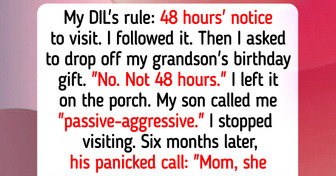nice
11 Tips You Can Use to Deal With Tantrums That Will Turn You Into Parent of the Year
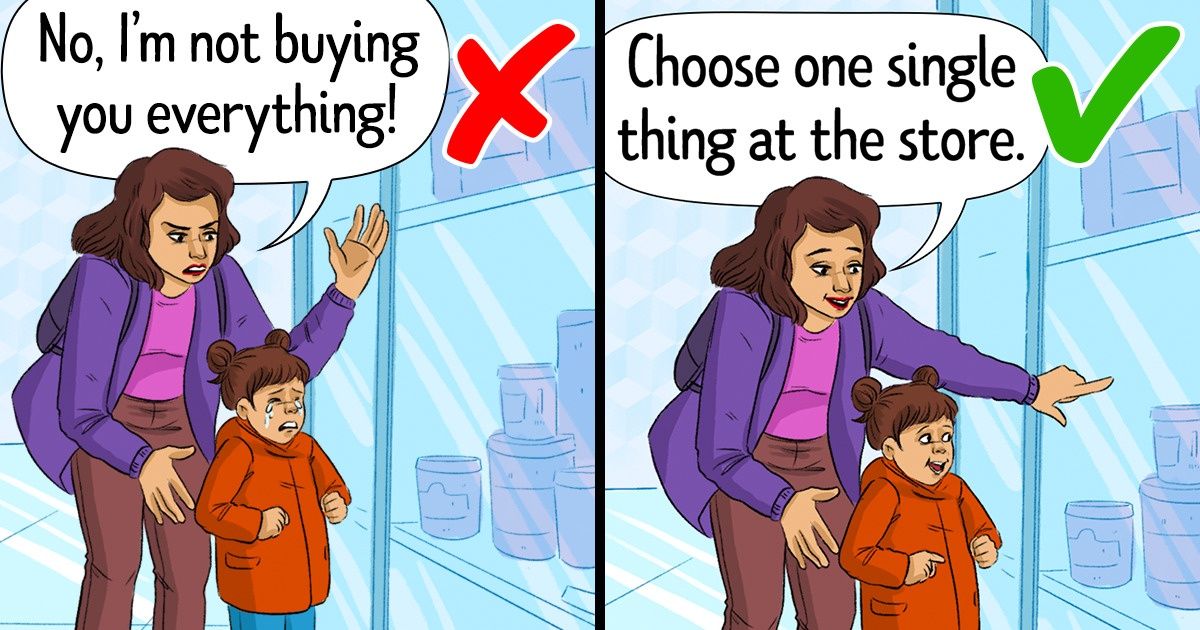
Anger is often an emotion that is as disturbing as it is necessary. However, for children, it can be a troubling or simply incomprehensible experience. This not only leads to tantrums but can also create a negative atmosphere at home that could affect you and your partner. But the good news is that, as adults, we can find solutions to this problem. Of course, children can also find ways to manage their anger, but we’re there to guide them every step of the way, so we should keep ourselves informed of any methods that could help us reach that goal.
Bright Side wants to share these 11 tips that were shared by experts on the matter, so that you can make the best of every situation and guide your children toward better managing their emotions.
1. Use a feelings thermometer
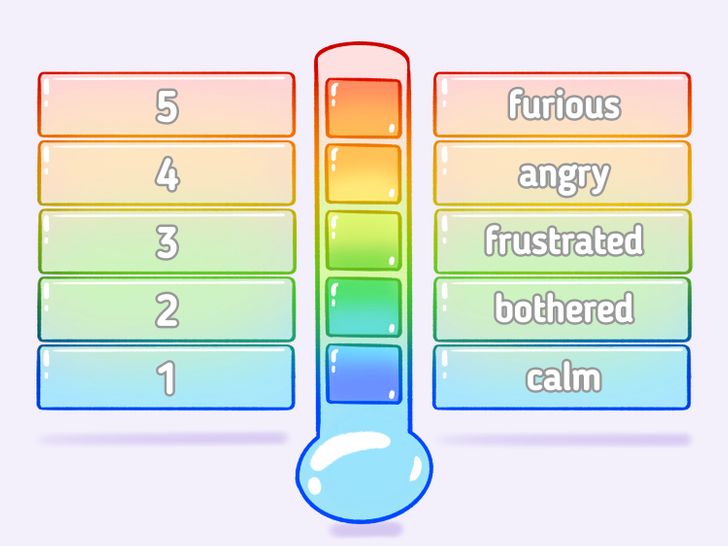
Children often do not know how to express their emotions well. After all, they’re just learning how to cope with them, so they often react in the only way they know or can react. The “intensity of anger thermometer” is a great tool that helps toddlers identify the early signs of their anger before it escalates into full-blown rage. To make your feelings thermometer, start by drawing a large thermometer on a piece of paper: at the bottom, place a 0 and fill in the ascending numbers up to 5. Use the scale to associate a feeling with each stage. So, for example: 1 could be calm, 2 could be bothered, 3 could be frustrated, 4 could be angry, and finally, 5 could be furious. The higher you move on the scale, the more intense the word describing the type of anger is. Use colors to differentiate each stage.
2. Raise your kids to identify their emotions
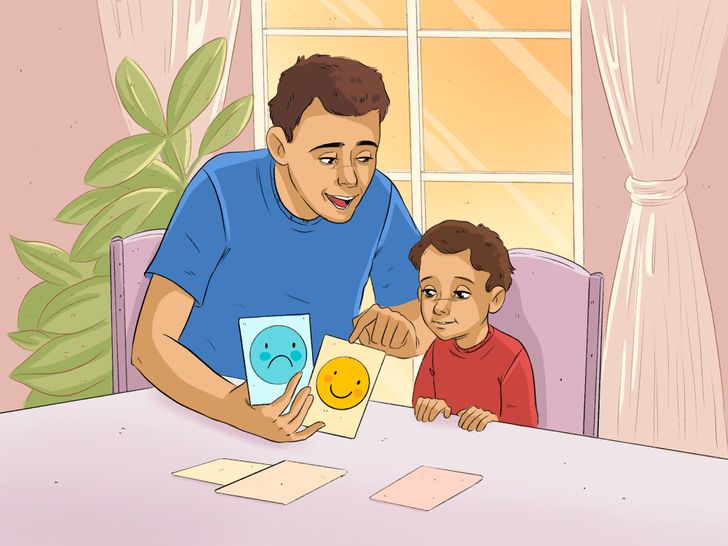
If a child is not able to understand his or her emotions, they will not be able to verbalize them either. This means that, if a child cannot identify that he or she is angry, maybe the best way for them to demonstrate that frustration is to hit surrounding objects. Therefore, it is important to enrich the vocabulary of younger children.
Teaching them basic words about emotions, so that they can use them to describe their feelings, is useful. Some examples of these words would be: angry, sad, happy, and/or scared. That’s pretty much the principle of emotional education: to make sure that you can describe what you’re feeling. That can be done through stories, pictures, or images of characters that are clearly going through a similar emotion, or even games such as the “Now I feel... because...” game.
3. Try to answer together why those feelings arose
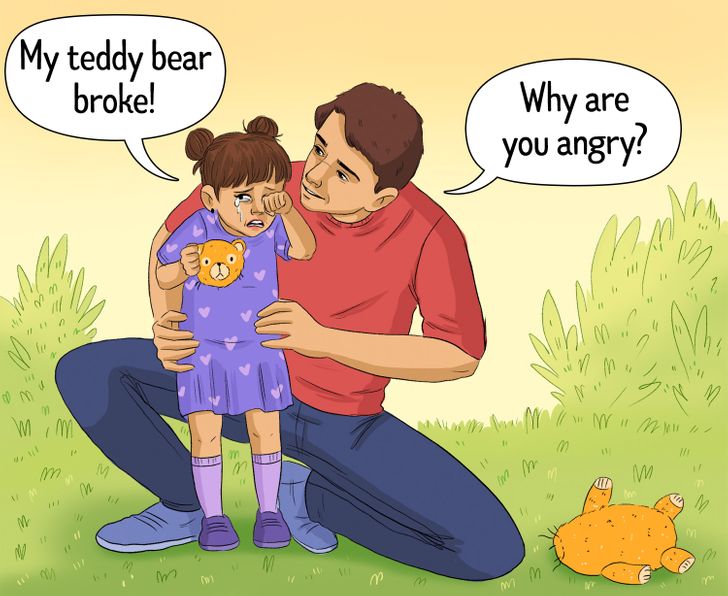
Answering and asking questions is an important part of learning and it’s essential for your child to learn. So it’s a good idea to explain to a child that asking questions is a way to get more information about something that he or she is wondering. Asking why something happens means there’s likely a reason behind that process. For example, “I fell because I tripped over a rock.” Like we said before, questions are very important for a child’s development. Asking things like, “Why do I feel angry when I can’t eat any more cookies,” can have many answers that will help kids learn more about their emotions.
4. Practice relaxation techniques
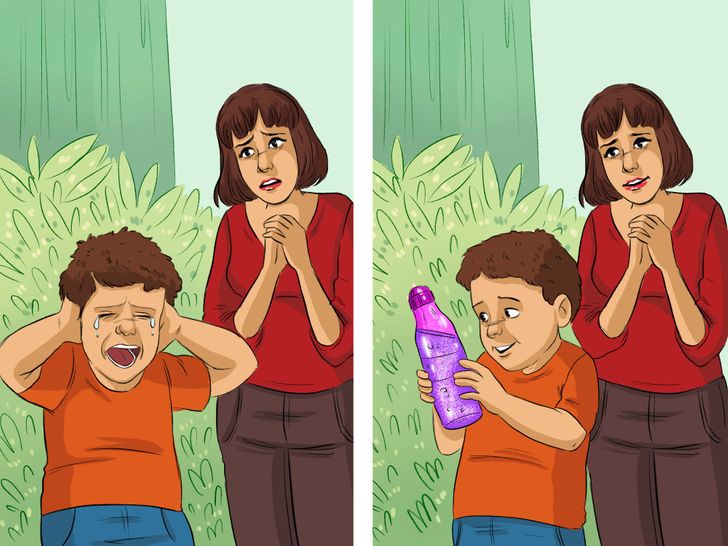
Just like adults, children can also experience different levels of tiredness, anxiety, and stress. These states of mind could prevent them from connecting with their emotions. There are relaxation techniques that, depending on the age of the child, can provide them with the calmness they need. These techniques can improve the child’s attention span by making them feel better. Some of these techniques are:
For babies from 0 to 3 years old:
-
A massage: a relaxing and stimulating massage can help them get the sleep they need, but can’t get naturally.
-
A calming bottle: Also known as a calm-down jar or a sensory bottle. This simple but effective device can be made with a plastic bottle, glitter, organic paint, and hot water. Its purpose is for the child to be able to use it every time they feel frustrated or on the verge of being angry. The soothing movements of the shiny mix of water and glitter create a sense of peace.
For toddlers from 3 to 7 years old:
-
The balloon technique: This technique involves asking the child to picture themselves as a balloon that is being inflated and deflated. The purpose of the game is to teach them to take in air, hold it, and then release it, just like a breathing exercise.
-
The turtle technique: In this case, the child has to imagine that they are a turtle. They have to lie face down on the ground and picture the sun as it is about to set. The turtle has to go to sleep, so it gradually retracts its legs and arms into its shell, which in the kid’s case is its back. That way they will try to put their legs and arms behind their backs. Then, once that’s done, we will say that it’s daytime again and the turtle has to wake up by slowly pulling its legs and arms out of the shell again. This is an excellent way of luring kids into performing a stretching exercise, almost without them noticing it.
For kids from 7 to 9 years old:
-
Mindfulness: at this stage, children can already start learning the basic techniques of meditation with you. To do this, sit on the floor in silence, and follow a professional that will guide you through the exercise.
-
Coloring Mandalas: Mandalas are excellent ways to reduce stress and anxiety levels, so coloring them or, better yet, drawing them, is a great exercise to help them concentrate.
-
Rag doll: The child imagines that they are a rag doll, so they must move their limbs as such; by doing this we get them to release the tension that builds up in the muscles.
For children from 9 to 12 years old:
-
More specialized breathing techniques: At this age, children are already very capable of developing awareness of their own breathing. That means that we can help them further develop these skills by teaching them deeper and more complex techniques that can help them to fully experience the present moment.
5. Normalize all emotions (including anger)
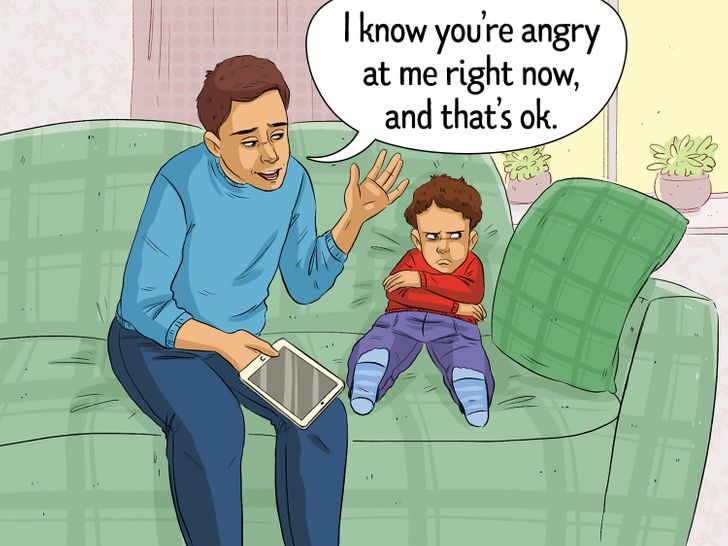
When a child experiences very intense emotions, they may quickly become frightened. This is easily understandable since adults can experience the same fear. In any case, teaching your child that anger is their body’s natural way of alerting them that something is not quite right will help. Overall, the goal is to make sure they find a way to cope with this intense emotion and make it feel less overwhelming. Talking about how anger feels will make your child more aware of that emotion and then make it easier for them to identify it in the future.
6. Don’t react, just act
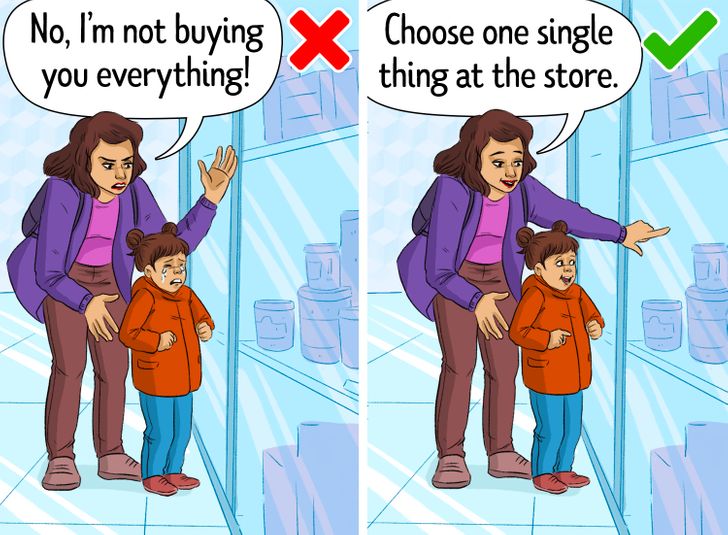
Trying to “get through” to a child when they are in high emotional distress is not only useless, but can also be counterproductive. The best thing to do to deal with this situation is to think ahead and talk things through. Talking about anger and how to deal with it before it actually shows up is a way to act instead of react. You can do this at any given moment by engaging in a conversation with your kid. For example, when they say, “I’m mad that my mom doesn’t buy me everything I want at the store,” they should be taught that they can only buy one thing at the store. After a while, that will become the routine, and the child will have the opportunity to memorize and internalize these sets of rules before even reaching a state of anger. In other words, the child must be taught to manage his or her anger before the anger takes over.
7. Promote empathy
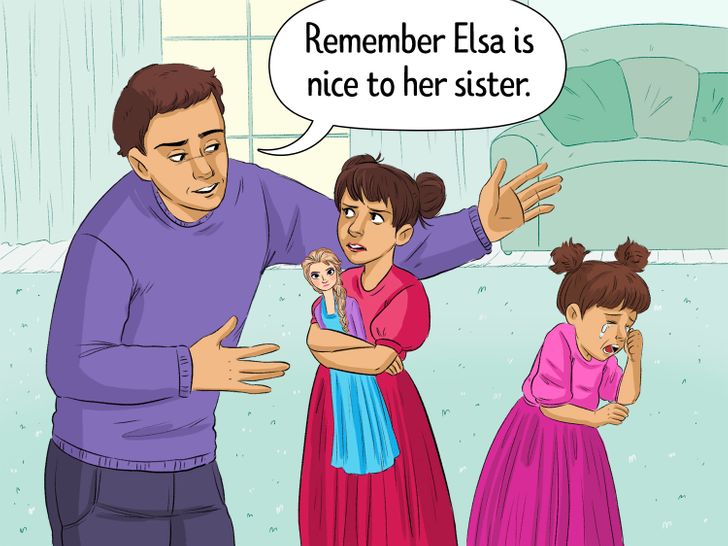
Anger can be such a strong emotion that, just like in adults, in a child, it often overshadows any possibility of rationalization. However, parents have to help their children see things from a different point of view and encourage empathy instead of anger. If the child doesn’t want to talk about their feelings, we can always talk about their favorite character from a book or cartoon and use it as a door to open up about their feelings. The adult’s goal is to ask questions so that the child can see through their emotions and find the source of the problem. For example: how would a character feel or react in a certain situation? Empathy at an early age not only helps children develop their charisma but it also helps them decrease aggressiveness.
8. Avoid giving in to tantrums
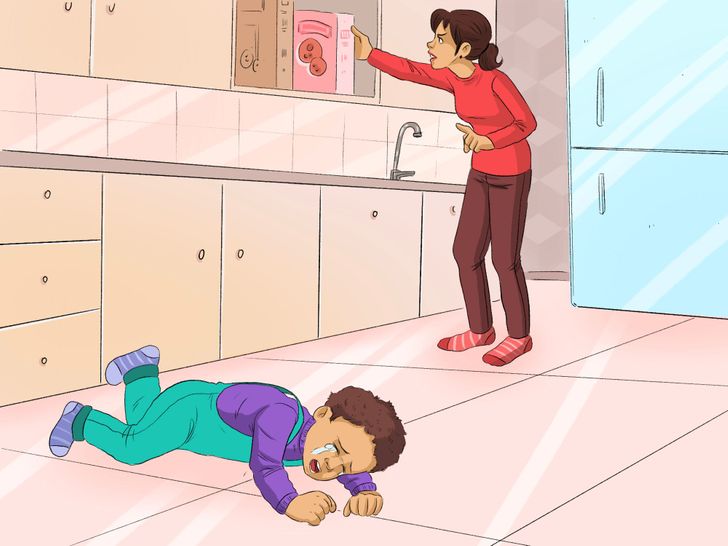
Temper tantrums are the ultimate end to an anger breakdown — plus, the more experienced children know that it is the most effective way to meet their needs and force parents to do what they want. However, parents have to learn how to cope with them instead of taking the easy road and just giving in. That’s because, while it might be an easy solution in the short term, in the long run, it will only promote your child’s behavioral problems and even encourage them to be aggressive. It is best to work together with the child to help them connect with their emotions so that they are confident that their needs will be met at the right time.
9. Use humor as an ally
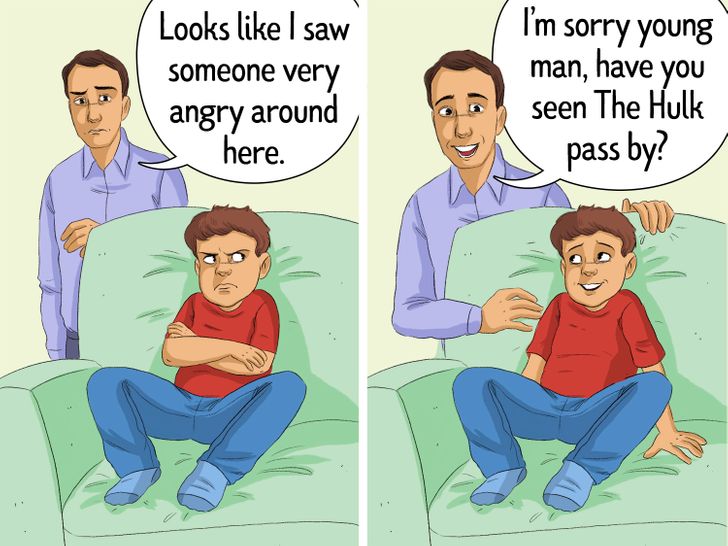
Of course, when a child is experiencing an intense emotional high point, like anger, it is difficult to find humor in anything. But it’s not impossible. It is, in fact, in the midst of the storm when you should be resourceful and use humor. First, you have to go find the root of the issue and acknowledge the fact that, many times, disagreements are caused by fairly silly misunderstandings. Pointing these out in a gentle way can help dissipate the tension and lead to a solution. Educating with a sense of humor can be a key tool for happier parenting.
10. Move away or get closer depending on what the situation requires

Not all children are the same or act the same. Every child will react differently to the same emotional circumstances. However, as parents, it is important to know if, when confronted with a possible outburst of anger, the child needs us to back off and step away in order to calm down and regain control of themselves. Or, on the contrary, sometimes he or she needs physical contact to soothe the moment. We all know how a hug at the right time can work like a charm because it helps to prevent the feelings of frustration that can lead to the buildup of anger.
11. Be a good role model

Being aware of our own anger will also be a key tool in guiding our own children along the path of self-discovery and awareness. After all, how can we expect them to be aware of their own behavior if we are not? Plus, children often imitate the ways in which adults behave. Of course, it is not easy to do this, but it is important. While anger is a normal reaction to have, sometimes, even as adults, we don’t know how to deal with it. Pay attention to how many times you get angry. Keeping a journal is a good idea, for example. Observe what triggers your negative feelings and how you react to them. Maybe you yell, hit the wall, bang the steering wheel, etc. Work out your own emotions or get help, if you need it.
Do you think anger is a negative emotion that should be avoided, and how do you teach your children to deal with it? How do you deal with your own anger and what kind of example do you think you’re setting for the young people that you’re in contact with?
Comments
Related Reads
My Stepdaughter Hates Me, but She’s About to Learn the Truth—It’s Time for a Reality Check

15 Unusual Body Traits We Weren’t Prepared to See Today

19 People Shared Their Makeup Fails

15+ Heartfelt Times When Women Proved There’s a Rainbow After Every Storm

15 Stories That Remind Us to Stay Kind, Even When the World Isn’t

I Refuse to Let My DIL Treat My Home Like a Free Pantry

I Refuse to Share My Inheritance With My Sister—She Doesn’t Deserve a Penny of It
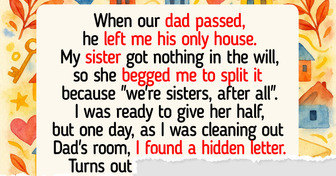
I Refused to Let My Stepmother Dictate My Wedding—I Have Been Too Kind

My DIL Refused to Let Me See My Grandchildren, Until My Son Stepped In
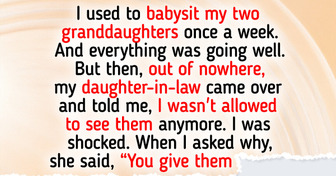
I Was Shamed for Being a Single Mom — but My Little Girl, 6, Had the Last Word
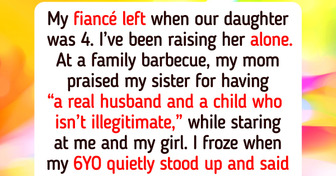
I Refused to Let My Husband Be a Birth Partner for His Best Friend, Now I’m the Villain

I Refuse to Beg for Time With My Grandson
